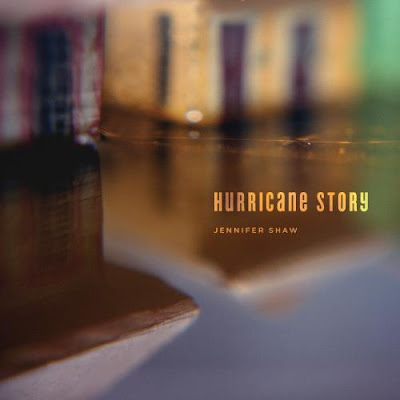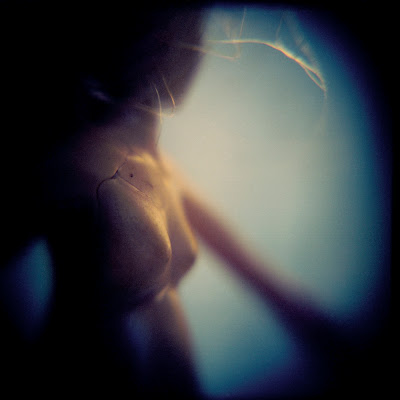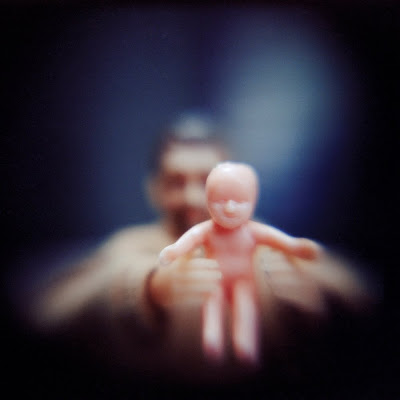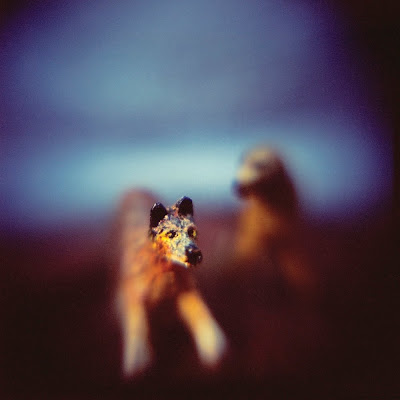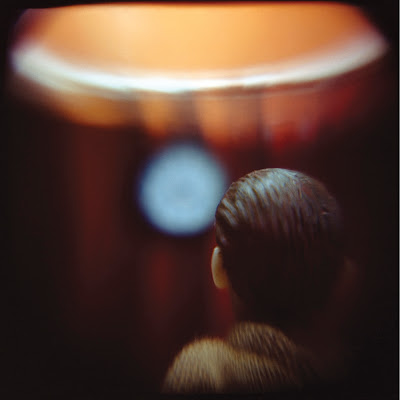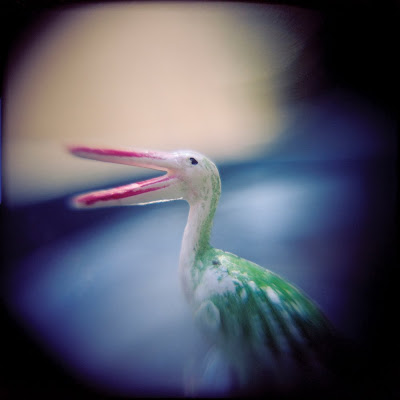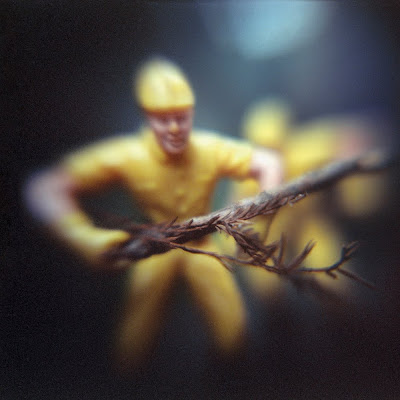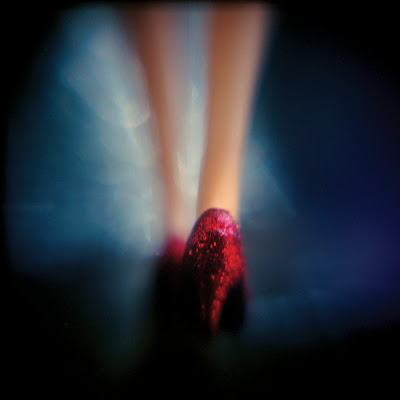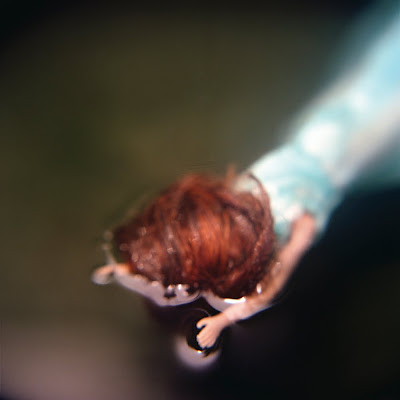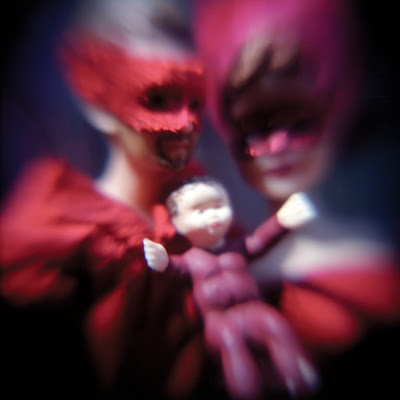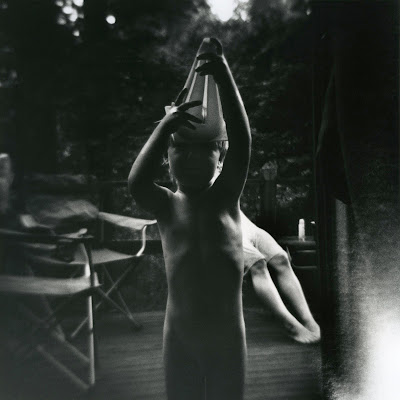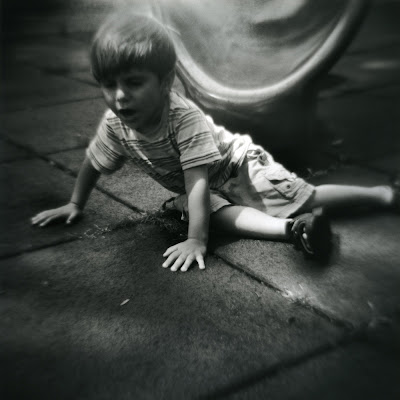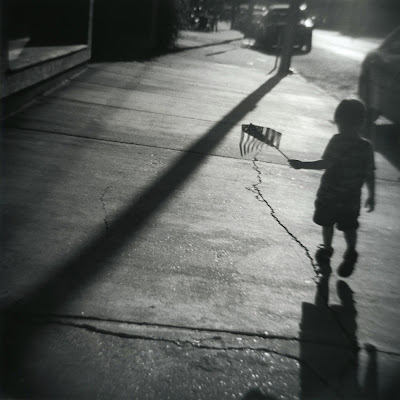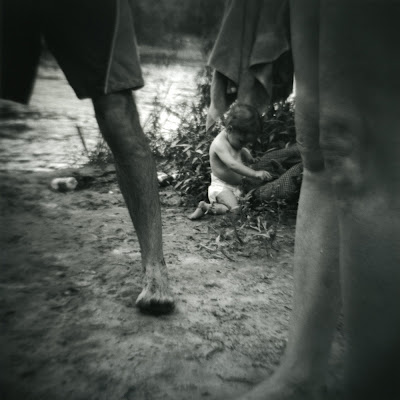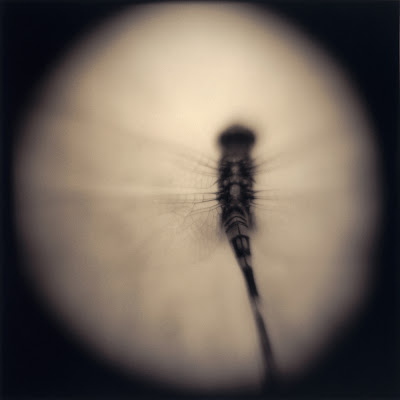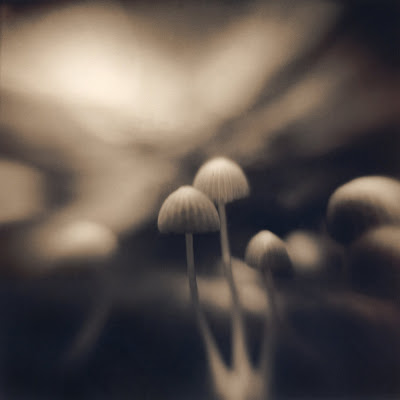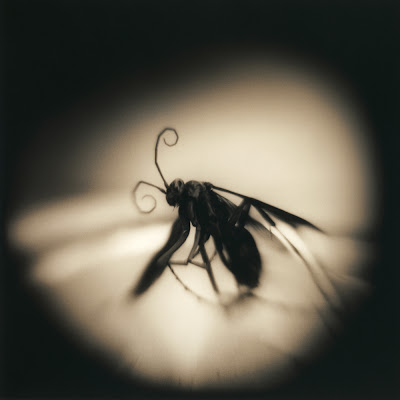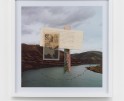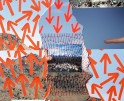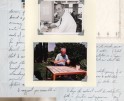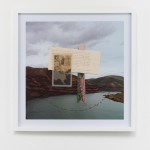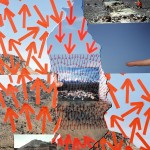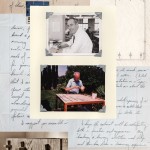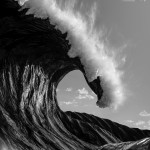Success Stories: Jennifer Shaw
I’m excited to share the publication of Jennifer Shaw’s first monograph, Hurricane Story, published by Chin Music Press. I’ve been a fan of Jennifer’s work for some time and in particular, this series that takes us through an experience that was life changing in so many ways. Her unique photographic approach to simultaneously experiencing Hurricane Katrina and the birth of her first child, is indeed, a success story!
Milwaukee born, Jennifer studied photography at the Rhode Island School of Design, and then moved to New Orleans in pursuit of the artist’s life. She teaches the disappearing art of darkroom photography at the Louise S. McGehee School, was a founding officer and board member of the New Orleans Photo Alliance, and directs their annual PhotoNOLA festival. Her own work has been published in numerous magazines, exhibited world wide, and held in many collections. She is a devoted toy camera photographer and was recently featured in Plastic Cameras: Toying With Creativity (Focal Press, 2010), by Michelle Bates.
Chin Music Press is running a great contest right now- if you preorder the book through our online store by July 4, you’ll get free shipping in North America plus be entered for a prize drawing to win one of Jen’s 17″ x 17″ signed, limited edition prints, worth $500!
Congratulations on Hurricane Story being published! Did you ever imagine it as a book when you were creating it?
Thank you, Aline. Yes, from the beginning the project was about marrying words and images in a narrative flow, inspired by comics and graphic novels.
We have all seen hundreds of images and interpretations of Hurricane Katrina, but yours is the most unique. How did you come to tell your story through miniatures and a toy camera?
Thank you! After Katrina I spent several months shooting more traditional documentary type images in the now infamous Lower 9th Ward. That process led me to the conclusion that the story I most needed to tell was my own.
As for the decision to recreate our adventure using miniatures, I think noticing two king cake babies displayed on our spice rack may have been the light bulb moment. I dusted off a macro-ized Holga and started playing around. Excited by the results, I began sketching out the narrative and collecting toys to serve as stand-ins. It was after painting two very tiny dogs to make them look more like our own that I realized I should probably be shooting in color.
Can you give us some insight into the process of getting a book published?
I got really lucky, and pitched my project to the right publisher at the right time. I had originally self-published through Lulu. My friend G.K. Darby, who owns Garrett County Press here, suggested that I share the project with Chin Music. Though they’d never published a photo book before they were interested, and I think it’s safe to say it’s been a lovely learning experience for all of us.
It took roughly a year from my initial inquiry to holding the finished book in hand. The entire process was quite collaborative and lots of fun. There are so many aspects involved – from the initial contract negotiations to image file preparation, sequence and design decisions, choosing book size, paper type and the all-important cover image, finding contributors for foreword/essays, soliciting “blurbs”, creating a book website, and more. The Chin Music team has been wonderfully supportive and responsive throughout. And I am grateful to numerous other friends and advisors who offered guidance and graciously allowed me to pester them with questions.
I noticed that Chin Music Press publishes books about Japan and New Orleans—that is an unusual focus, can you explain it?
Bruce Rutledge and Yuko Enemoto started the press eight years ago with a focus on Japanese literature and a commitment to beautiful book design. Bruce’s brother Dave lives in New Orleans, and after Katrina – he spent his evacuation with them in Seattle – they decided to publish a New Orleans anthology, which Dave edited, “Do You Know What it Means to Miss New Orleans?” Thus began their New Orleans imprint, Broken Levee Books.
You work mainly with toy cameras and in black and white (with the exception of using color for Hurricane Story), will you continue this path?
It’s all about finding the right form to express what I need to say with any given series. Plastic cameras just work for me, in all their simplistic glory. And I love the romance of the darkroom. That said, once I begin a project I follow the work where it wants to go. So if I were to suddenly get the urge to shoot in lower light situations I might switch to a more sophisticated camera to get the job done. Or if a future subject is screaming to be rendered in color, I will happily oblige.
Any new projects you are working on?
I am continuing to bliss out on bugs and natural wonders, adding images to my Nature/Nurture series. And for several years now I have been photographing my actual children.
Has motherhood changed the way you see the world and the work you want to create?
Motherhood is much more complex than I ever could have imagined. I’m still trying to wrap my head around it. I’m not sure if it’s changed the work I want to create, but it has certainly kept me working much closer to home, both literally and figuratively.
What advice can you give emerging photographers, especially on presentation, on networking, on consistently producing excellent work?
For presentation, carefully consider your options and make sure that your choices at every step support the intent of the work. Attend portfolio reviews. They are invaluable on so many levels and we photographers are so lucky to have that dialogue available to us. Network with peers – they can provide excellent references. Plus today’s photo friend could be tomorrow’s influential blogger or museum curator. Discipline, professionalism, and perseverance are necessary. Trust your instincts, when a project feels right run with it.
What opportunity took your career to the next level?
In 2003 I attended the Photo Americas portfolio review (now Photolucida) and came in one day early to take Mary Virginia Swanson’s Marketing for Fine Art Photographers workshop. That experience was a game changer for me. I came home inspired on every level and immediately began the process of creating a website, business cards, etc. and following up on leads which resulted in exhibitions and representation.
Has social networking changed how you promote and market your work?
Facebook makes it so easy to share your latest news and invite people to events. It’s made me a little lazy; I can’t think of the last time I sent out an email with photo news. (Though I plan to rectify that before the book launch in July.) I don’t Twitter, I don’t maintain a separate FB page to promote my photography. There’s only so much time in the day…
Do you ever have periods of self-doubt and feel creatively unmotivated?
Self doubt, of course. I think that’s probably a healthy part of the process. But I rarely feel unmotivated. I had a teacher, Gary Metz, who instilled in me the mantra: “Work comes out of work.” This has proven very true for me. I shoot lots of film, and each roll I process makes me want to shoot more. The problem these days is finding the time to print, to refine things and bring work to fruition. But I know that won’t last forever and am trying to be patient about it.
And finally, what would be your perfect day?
Hmm… it would include spending time outdoors, processing a few rolls of film, quiet time with a good book, then a dinner gathering with friends, filled with laughter, red wine and great conversations.
Posts on Lenscratch may not be reproduced without the permission of the Lenscratch staff and the photographer.
Recommended
-
One Year Later: Anna RottyJuly 18th, 2024
-
Julianne Clark: After MaxineJuly 3rd, 2024
-
Jaclyn Wright: High Visibility (Blaze Orange)June 16th, 2024
-
In Memoriam: Wayne Swanson: From the WorkshopJune 7th, 2024

